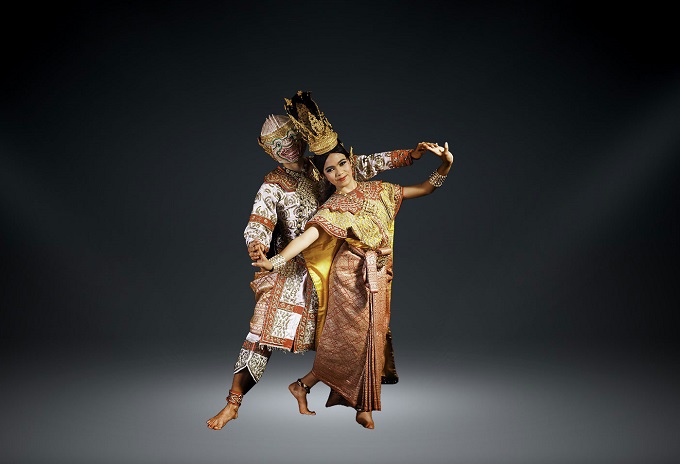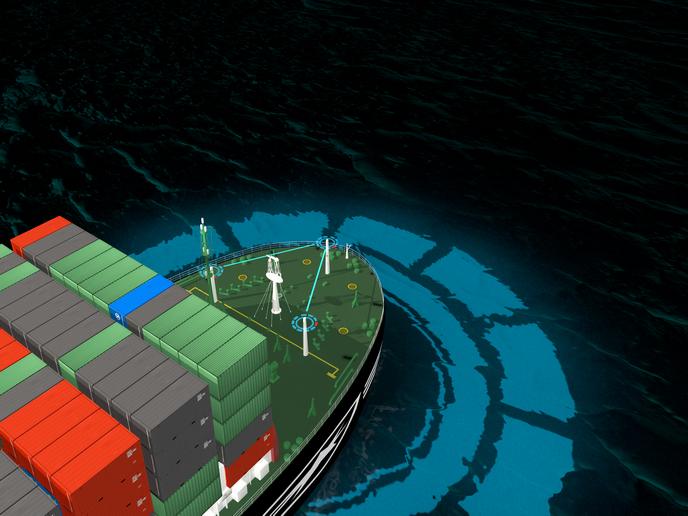Preserving the intangible: New technology for the visual arts
Cultural heritage is more than monuments and collections of physical, tangible objects. It includes traditions and rituals passed down through generations, such as performing arts, folklore, festivals and social practices. UNESCO’s Lists of Intangible Cultural Heritage cover a broad spectrum of fields and cultures: from Jamaica’s reggae music and whistled language from Turkey, to Tahteeb (an Egyptian stick game), the manufacture of cowbells (Portugal), earthenware pottery-making skills in Botswana’s Kgatleng District, and many more.
New technologies for digital preservation
Technological innovation has provided many tools for digital preservation, making it possible to safeguard performance arts that would otherwise gradually disappear as their practice, rooted in traditional rural communities, decreases. However, due to the diversity and nature of intangible cultural heritage, their digital preservation is no easy feat. This is where the EU-funded AniAge project comes into the picture, undertaken with the support of the Marie Skłodowska-Curie programme. Its two-fold aim was to reduce production costs and improve the level of automation with regard to archiving and reproducing style-preserved intangible cultural heritage items. Focusing on traditional dance and folk puppetry of south-east Asia, the project has developed new techniques and tools for reconstructing 3D motion data from archived video footage. This involved compactly representing and structuring data from huge databases with video files of traditional dance and drama, then annotating it for efficient information retrieval. “This was a very expensive and time-consuming process,” explains project coordinator Professor Jian Jun Zhang. “To overcome this hurdle, we ensured that colleagues from both computer science and animation fields worked together, developing a hybrid human-computer collaborative workflow.”
Reducing costs
Even today, computer animation remains a very expensive and labour-intensive field. For example, blockbuster movies like Avatar and Interstellar cost over USD 1 million per minute of footage, far beyond the resources available for cultural heritage preservation and other low-cost applications. As such, there is a strong case for developing more efficient computer animation and visualisation technology to be used for digital preservation, as well as in other fields. In response to this challenge, one of the AniAge project’s main achievements is the development of a 3D human skeletal motion database for south-east Asian folk dances, containing around 150 human skeletal motion sequences associated with moving image sequences. “We are very pleased to have developed this database,” reports the chief scientist of the project Dr Hongchuan Yu, “which will have a wide range of applications in the performing arts field, such as choreographic modelling, dancing and theatrical kinesiology modelling.” In addition to being an important asset for the dancing community, Zhang emphasises that the techniques developed by the project to reconstruct 3D skeletal motion from archived video footage have the potential for many wider applications. They can also “be applied to other traditional folk dances for intangible cultural heritage preservation and exploitation.” While the project ended in December 2019, Zhang and Yu are in the process of securing external funding for a follow-up project. This will allow the team to continue their work to develop fully automatic technology for 3D motion reconstruction.
Keywords
AniAge, cultural heritage, preservation, intangible, digital, video, footage, traditional dance, 3D motion







